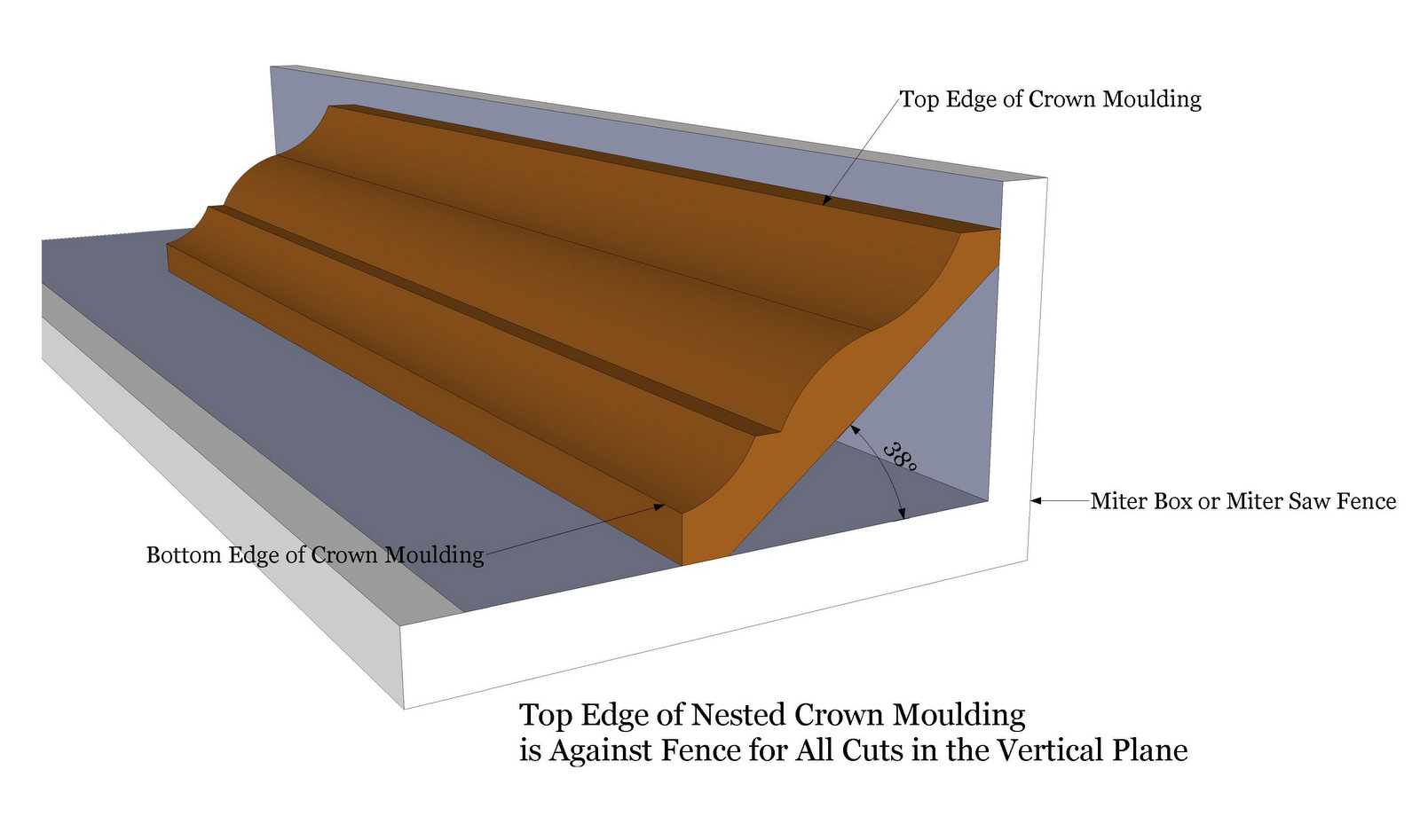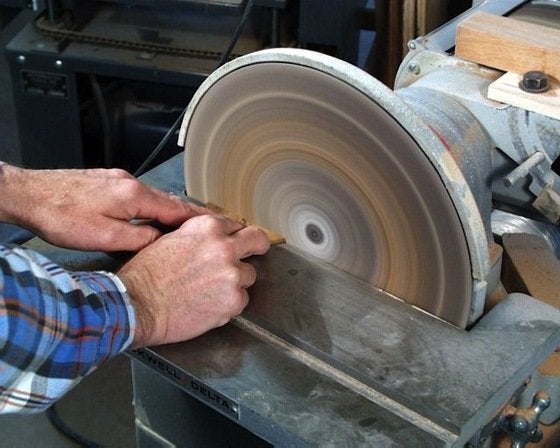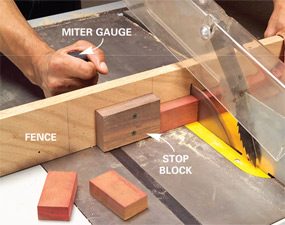
In science, precise measuring means being able to make accurate measurements with high precision. Accuracy refers to the reproducibility of measurements. Precision is the accuracy of measurement results that are close to their true value. Learn about the tools used in accurate measuring and the methods for assessing accuracy. You can then use this information for precision measurement. Let's take a look at some examples. How can you measure a square accurately?
Precision refers to the degree of reproducibility
According to ISO, precision can be defined as the consistency of results obtained in repeated measurements. The ISO definition of precision states that it should be used when exact and precise measurements must be made to meet certain specifications. Accuracy can often be confused with precision. Precision is the consistency and accuracy of measurements. Accuracy can vary among measurements. One example is that two people may take the same reading, but get different results.

Accuracy is when measurement results are close to the true value.
What is accuracy? Accuracy means that measurement results are accurate to the target value. Higher accuracy is achieved if measurement results are closer to the target value. Precision on the other hand refers to the extent to which measurements results are precise, close to the true values, and close the reference value. Precision is synonymous with accuracy, but differs in meaning.
Methods for assessing accuracy
The accuracy of a measuring device is dependent on the measurement method. Maximum error is one method. This assumes that errors are distributed evenly, which can be useful for testing purposes when there is no other information. It isn't always accurate and can produce large errors when there are systemic effects. It is possible to correct calibrations of measuring instruments in many cases.
Tools for precise measurements
Different industries need different types of measurement tools. A caliper is a tool used to measure the distance between two opposite sides of an object. It can be adjusted or read digitally. Calipers are available in many sizes and shapes. Some are used to measure the length of an object, while others are used for measuring the width or depth of an object. Calipers are essential in many fields and can be found at the offices of doctors, scientists, and mechanical engineers.

Measure twice and cut once
Since centuries, the carpentry proverb of "Measure twice, Cut once" has been in use. It was originally used to refer to needlework and carpentry. This meant that you should take extra care when planning and preparing. The saying refers to not wasting material or time by cutting wrong things. These are some tips to help you avoid cutting the wrong thing.
FAQ
Do you know anything more about woodworking?
It's easy to underestimate the amount of work involved in making furniture. Finding the right kind of wood is the most difficult part. It can be hard to choose from the many types of wood that are available.
Another problem is the fact that not all wood has the same properties. Some woods will crack or warp with time. Others will split or crack. These are important considerations to make before you purchase wood.
What material would you recommend to start learning woodworking?
Start with softwoods such as pine and poplar. Once you feel comfortable with these two, move on to hardwood.
What kinds of woods are good for making furniture?
Woods can be classified according to how hard they are. Softwoods can be pine, fir or cedar. They're often used for outdoor furniture because they don't rot easily. You can find hardwoods like oak, maple, mahogany, teak, and others. They can't withstand the elements outside so they're best kept indoors.
Statistics
- Most woodworkers agree that lumber moisture needs to be under 10% for building furniture. (woodandshop.com)
- The best-paid 10 percent make $76,000, while the lowest-paid 10 percent make $34,000. (zippia.com)
- The U.S. Bureau of Labor Statistics (BLS) estimates that the number of jobs for woodworkers will decline by 4% between 2019 and 2029. (indeed.com)
- If your lumber isn't as dry as you would like when you purchase it (over 22% in Glen Huey's opinion…probably over 10-15% in my opinion), then it's a good idea to let it acclimate to your workshop for a couple of weeks. (woodandshop.com)
External Links
How To
How to drive a nail through wood
It is essential to pick the right size and style of hammer before you can drive a nail in wood. The most commonly used types of Hammers are claw hammers. Each type of hammer has its pros and cons. A claw hammer works well when you're trying to hit nails with a heavy hammer. However it is difficult to precisely control where the blow hits. The sledgehammer works well for large areas, but is too heavy for smaller tasks.
Place your hand flat on the side of your chosen hammer so that the handle rests in your palm. Grab the handle tightly, but do not squeeze too hard. Hold the hammer straight up, keeping your wrist relaxed. You should then swing the hammer straight up, keeping your wrist relaxed. You should feel the impact on the nail from the hammer. Try practicing with a block to help you master the art of swinging a stick.
When you're ready to start driving the nail, hold the hammer in front of you close to your body. The nail should be perpendicular to wood's surface. Your eyes should be focused on the nail's tip. Move the hammer forward and then continue to move the hammerhead. You can repeat this several times, increasing your swing speed. Once you have mastered this technique, increase the power of your swings. You can hold the hammer over your shoulder and forcefully bring it down. This will help you put more energy behind each of your moves.
Once you have successfully drilled the first hole in the nail, remove the hammer. The rest of the nails can be pulled out using a screwdriver, pry bar, or a hammer. You should ensure that the nails are flush with the board's surface to avoid splitting the wood.